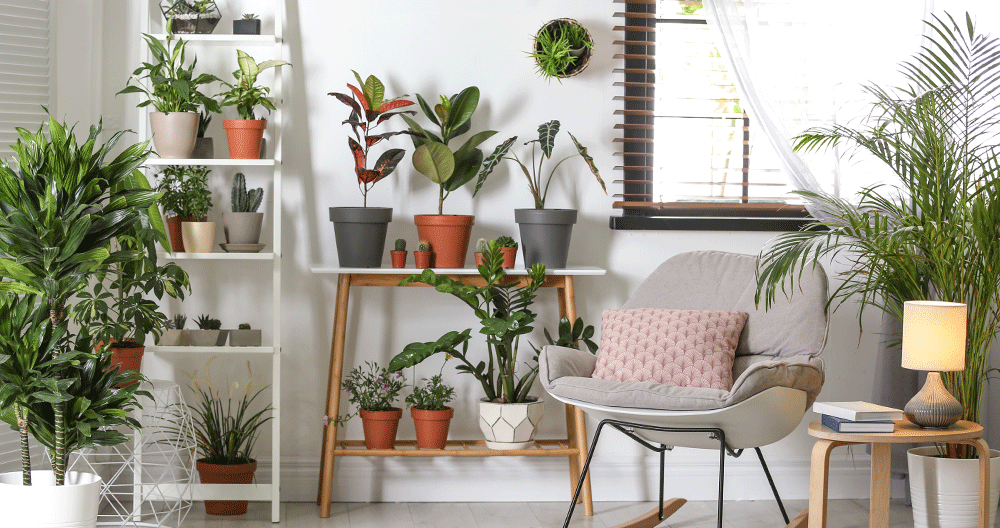significance of downtime factory care As the temperature drops and daylight diminishes, shops face unique challenges during the downtime months. Proper care is essential to ensure their health and survival.
Overview of challenges shops face during downtime indicating temperatures, lack of sun, and dry inner surroundings are common issues for shops in downtime. Understanding these challenges is pivotal in furnishing applicable care.
conforming Watering Routine
Understanding water requirements during downtime shops have reduced water conditions in downtime due to slower growth and dormancy. It’s important to avoid overwatering, as inordinate humidity can lead to root spoilage.
Reducing watering frequency and conforming quantities Check the soil humidity regularly and only water when the top inch feels dry. Acclimate the frequency and quantum of water according to each factory’s requirements.
Checking soil humidity situations Use a humidity cadence or fit your cutlet into the soil to gauge the humidity content. ensure proper drainage to help doused roots.
furnishing Acceptable Lighting

significance of light during downtime With shorter days and weaker sun, shops may not admit sufficient light for photosynthesis. Acceptable lighting is pivotal for their growth and health.
They are maximizing natural light sources Place shops near south-facing windows to admit the maximum quantum of sun. Keep curtains open during the day to allow light in.
Supplementing with grow lights If natural light is limited, condense it with artificial grow lights. LED or fluorescent grow lights can give the necessary light diapason for factory growth.
Regulating Temperature and moisture
Ideal temperature range for downtime shops utmost shops thrive in temperatures between 60- 75 °F( 15- 24 °C). Avoid exposing them to cold drafts or extreme temperature oscillations.
Avoiding temperature axes and drafts Keep shops down from cold windows, doors, and heating sources. cover them from unforeseen temperature drops by closing curtains at night or using sequestration accouterments.
Monitoring and conforming moisture situations Inner heating frequently dries out the air, which can negatively affect shops. Increase moisture by using a humidifier or placing servers of water near shops. Mist shops sometimes to give humidity.
guarding shops from Frost and Cold
Choosing the right position for out-of-door shops Position out-of-door shops in sheltered areas, down from strong winds and frost pockets. Avoid placing them in low-flying areas where cold air collects.
Using defensive coverings or mulch Cover out-of-door shops with frost robes, row covers, or old bedsheets during cold nights. Apply a sub-caste of mulch around the base of shops to isolate the roots.
Insulating inner shops from cold windows or drafts Move inner shops down from breezy windows and consider using separating accoutrements like bubble serape or froth boards to shield them from the cold wave.
Pruning and conservation
trouncing and removing dead or damaged leafage pare any dead or damaged branches or leaves to promote healthy growth and help complaint or pest infestations.
Performing picky pruning to encourage growth Trim back leggy or grown branches to maintain a compact shape. pare strategically to stimulate new growth in spring.
Regularly examine shops for signs of pests or conditions Check shops regularly for pests like aphids or spider diminutives. Treat any infestations instantly to help further damage.
Fertilizing and Nutrient Management

Understanding factory nutrition during downtime utmost shops enter a period of dormancy during downtime when they’ve lower nutrient conditions. Acclimate toxin operation consequently to avoid overfeeding.
Adjusting toxin operation for dormant shops Use a slow-release or organic toxin specifically formulated for downtime or to reduce the frequency and attention of regular diseases.
Using organic or slow-release diseases Consider using organic compost or slow-release diseases to give a steady force of nutrients over an extended period.
Preparing shops for Spring
Transitioning plants back outside Gradationally acclimate inner shops to out-of-door conditions by placing them in a shadowed area for adding durations each day. cover them from late frosts until all peril has passed.
Gradationally adding watering and light exposure sluggishly increases watering and exposure to the sun as shops acclimate to the changing season. Cover their response and make adaptations as demanded.
Assessing and addressing any downtime damage check shops for any signs of downtime damage, similar to frost burn or spoilage. pare affected areas and give redundant care to help them recover.
Conclusion
A recap of crucial tips and tricks epitomizes the important points bandied in each section, emphasizing the significance of downtime factory care.
Encouraging compendiums to apply downtime factory care ways appetite compendiums to apply the tips and tricks handed to ensure the well-being of their shops during the downtime months.
Emphasizing the significance of ongoing factory care throughout the time punctuates that good factory care practices shouldn’t be limited to downtime and should be incorporated into time-round conservation for healthy, thriving shops.

